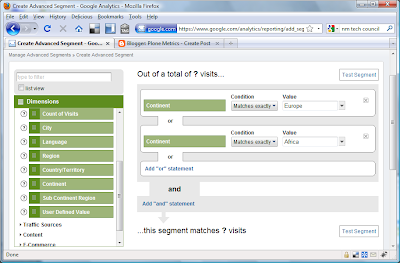Let's start with a concrete example: the Dec. 2004 Sumatran earthquake and tsunami. Without getting into a debate about whether large earthquakes are true black swan events, this certainly fit the bill for millions of affected people.
In Nov. just prior to that, Enfold Systems launched Oxfam America's newly designed Plone portal. From an item at AllBusiness.com,
"In the course of ten days during the Tsunami crisis, Oxfam had almost half of its typical yearly visits, and almost 1/3 of its yearly bandwidth -- the system performed beautifully," said Internet Manager Nicholas Rabinowitz.Oxfam raised $14M and credited Plone with a large part of making it possible to handle the scale of the relief response. Clearly this is an example of an enormous negative black swan event for people in the Indian Ocean basin, but a positive black swan event for Plone. This is exactly what Taleb promulgates as a successful strategy for managing risk--maximize your exposure to positive black swans.
Let's take this concept a step farther back and look at the general CMS environment. In the first decade of the 21st Century, we've seen CMS go from twinkle in someone's eye to dozens of major systems. The diffusion of the CMS innovation has been marked by a rapid evolutionary radiation into hundreds of web niches.
Many CMS niches are characterized by what are called path dependencies and network externalities. A path dependency explains how one set of decisions is constrained by what previous decisions. Vendor lock-in is a classic case in point that results in positive feedback for a particular, although possibly suboptimal, solution.
An organization that has drunk the Microsoft coolaid may very likely go with SharePoint as their document management solution and try to foist that off as a web publishing solution as well. But the original choice to go with MS may be a black swan in that it was a very rare, high consequence event from a software perspective.
Network externalities are where outside events drive a decision. Often this means that someone makes a decison to implement a particular CMS because its considered easier to find PHP programmers. (Don't get me started on the ease of learning Python and the readability of Python code.) What was the black swan that led to PHP predominance in web apps? I would hazard that the success of Apache running largely on Unix with tools like AWK led straight to second generation software like Perl and PHP.
I'm now seeing items in the innovation literature that point to yet a third factor that drives acceptance: lack of information. This lack of information on the relative merits of systems leads decision-makers to base their choices on whatever data chance has delivered to them. I've heard this refered to as the "PC Magazine-Air Travel Model," where a manager's decision is based on whatever he or she read in PC Magazine while flying back from DC.
In conclusion, I can't say I believe everything that a catastrophist like Taleb writes. As an evolutionary biologist, I'm well aware of the impact of catastrophies on evolving systems (for example, asteroids and K-T extinctions). But I feel the overall grist in the mill of complex systems is the day-to-day micro-improvements, whether a small favorable mutation or a PLIP solved by a Plone developer. Black swans are out there and we want to be the lucky ones who seize the opportunities they bring, but that doesn't mean I'll stop working on the small, almost unnoticed improvements that drive system change.




